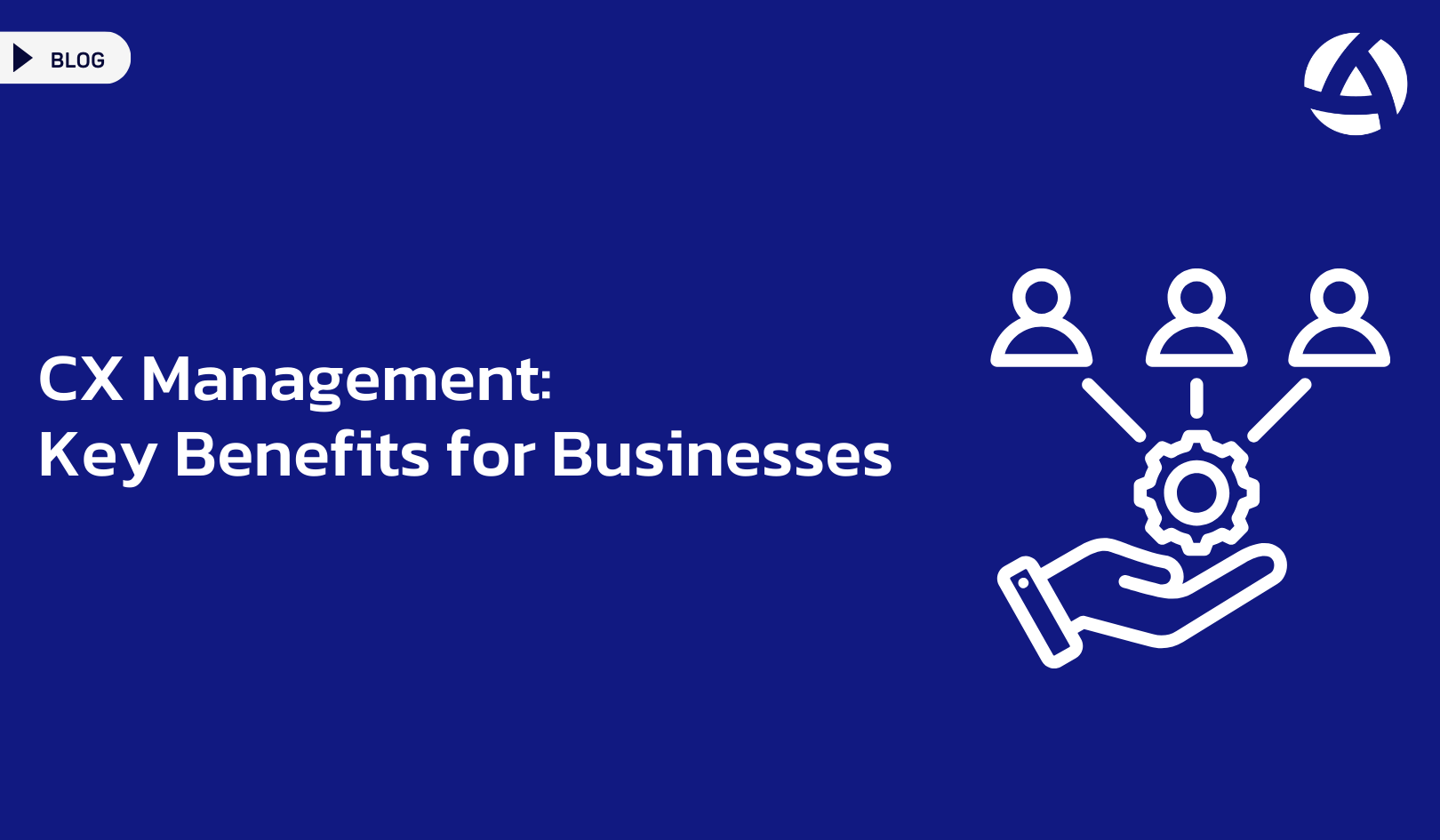Effective Customer Experience Management (CXM) is a vital component for businesses seeking to build lasting relationships with their customers. By focusing on every touchpoint of the customer journey, CXM enables companies to deliver consistent, high-quality experiences that drive satisfaction and loyalty.
What is Customer Experience Management?
Customer Experience Management involves tracking, analyzing, and improving the interactions customers have with a company. It focuses on understanding customer needs and expectations at every stage, from initial engagement to post-purchase. The goal of CXM is to ensure that each interaction is positive, seamless, and aligned with the brand’s promise.
Benefits of Customer Experience Management
By adopting a robust CXM strategy, businesses can reap numerous benefits, all of which contribute to growth and improved customer relationships. Here are some key advantages:
- Increased customer satisfaction: A well-managed experience leads to happier customers who are more likely to return.
- Higher retention rates: Customers who have consistently positive experiences are less likely to switch to competitors.
- Enhanced brand loyalty: Consistent experiences create emotional connections, strengthening customer loyalty.
Personalizing Customer Interactions
Personalization is one of the key benefits of Customer Experience Management. By collecting and analyzing customer data, companies can tailor interactions to meet individual preferences and needs. This leads to:
- Relevant product recommendations: Personalized suggestions based on browsing and purchase history.
- Tailored marketing messages: Offers and promotions that resonate with each customer’s unique preferences.
- Customized service: Proactive customer support that anticipates needs and resolves issues quickly.
Optimizing Customer Journeys
One of the strengths of a strong CXM strategy is its ability to optimize the customer journey. By mapping out the various stages of interaction, businesses can identify pain points and areas for improvement. Benefits include:
- Streamlined processes: Eliminate friction in the purchasing or service process, making it easier for customers to engage with your brand.
- Clear communication: Ensure customers receive the right information at the right time, reducing confusion and frustration.
- Consistent experience across channels: Whether online or in-store, customers receive the same level of service and attention.

Frequently Asked Questions
How does Customer Experience Management improve customer loyalty?
By ensuring consistent, personalized interactions across all touchpoints, Customer Experience Management creates positive experiences that build trust and emotional connections, leading to stronger customer loyalty.




